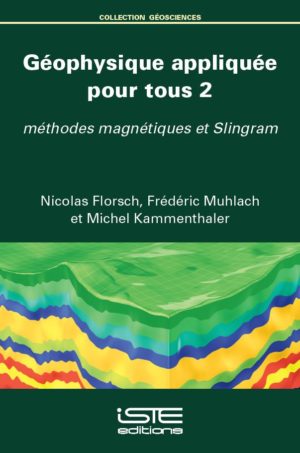
“Make the ground transparent”. Such is the aim of applied geophysics, which proposes to characterize the geometry of the subsoil. Since our eyes, which are able to gaze at distant stars, are unable to see through the surface of the floor, we can use electric currents to easily penetrate the Earth’s surface and observe what […]
“Make the ground transparent”. Such is the aim of applied geophysics, which proposes to characterize the geometry of the subsoil. Since our eyes, which are able to gaze at distant stars, are unable to see through the surface of the floor, we can use electric currents to easily penetrate the Earth’s surface and observe what lies beneath the soil.
This book describes the electrical methods used in applied geophysics. These are, on the one hand, DC methods, such as electric soundings, electrical mapping (“drag”) and resistivity tomography, and, on the other hand, the methods resulting from the accumulations of electric charges, such as “Spontaneous Polarization” (SP) and “Induced Polarization” (IP).
With just the basic knowledge of electricity presented in this book, the reader will be able to build prospecting devices, apply them in the field, and carry out analyses of structural or hydrogeological geological information.
Readers greatly interested in geophysics will be able to create their own Data Acquisition system using Arduino.
1. Introduction and General Points.
2. Direct Current Electrical Methods.
3. The Spontaneous Polarization Method.
4. The Induced Polarization (IP) Method.
5. Equipment.
6. An Acquisition System Designed for the Electrical Prospection of Soil.


